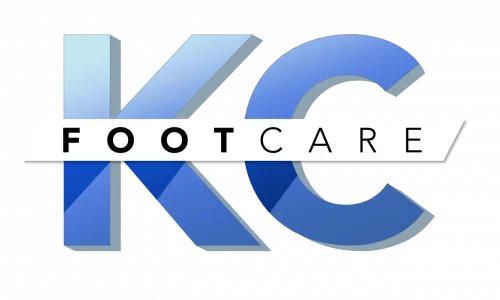MINIMALLY INVASIVE SURGERY OF THE FOOT KANSAS CITY OVERLAND PARK
Minimally Invasive Surgery for Hammer toes and Foot Problems
Minimally invasive foot surgery (MIS) is an advanced technique designed to treat painful foot conditions such as hammer toes, bone spurs, and calluses using a very small incision—typically just 1/8 of an inch. This procedure can be safely performed in a well-equipped podiatrist’s office under local anesthesia, avoiding the need for general anesthesia, hospital admission, or prolonged recovery.
The procedure begins with a small incision through which precision instruments are inserted. Using real-time imaging, the podiatrist can visualize and correct the deformity with exceptional accuracy. For hammer toes, the procedure involves relieving contracted tendons and removing a small portion of bone, allowing the toe to return to a straighter position. Bone spurs, which often develop due to chronic pressure or arthritis, are shaved down to reduce irritation and discomfort. Painful calluses, which frequently form over bony prominences, are addressed by reshaping the underlying bone structure to eliminate the pressure point, often providing long-term relief.
One of the primary benefits of minimally invasive foot surgery is the reduced trauma to the surrounding soft tissues. This results in significantly less postoperative pain, minimal swelling, and faster recovery. Most patients are able to walk out of the office in a surgical shoe and return to normal activities much sooner than with traditional open surgery. Additionally, this method avoids unsightly scars, hardware such as wires or pins protruding from the skin, and long incisions that carry higher risks of infection or wound healing complications.
MIS is ideal for patients with painful, recurring calluses; rigid or flexible hammer toes; or bony deformities causing shoe pressure and discomfort. It is particularly suited for individuals or those with underlying medical conditions who may not tolerate major surgery well. Recovery often involves the use of bandages to guide the toes into proper alignment, followed by custom orthotics if necessary.
The picture to the left shows the third metatarsal that was too long.
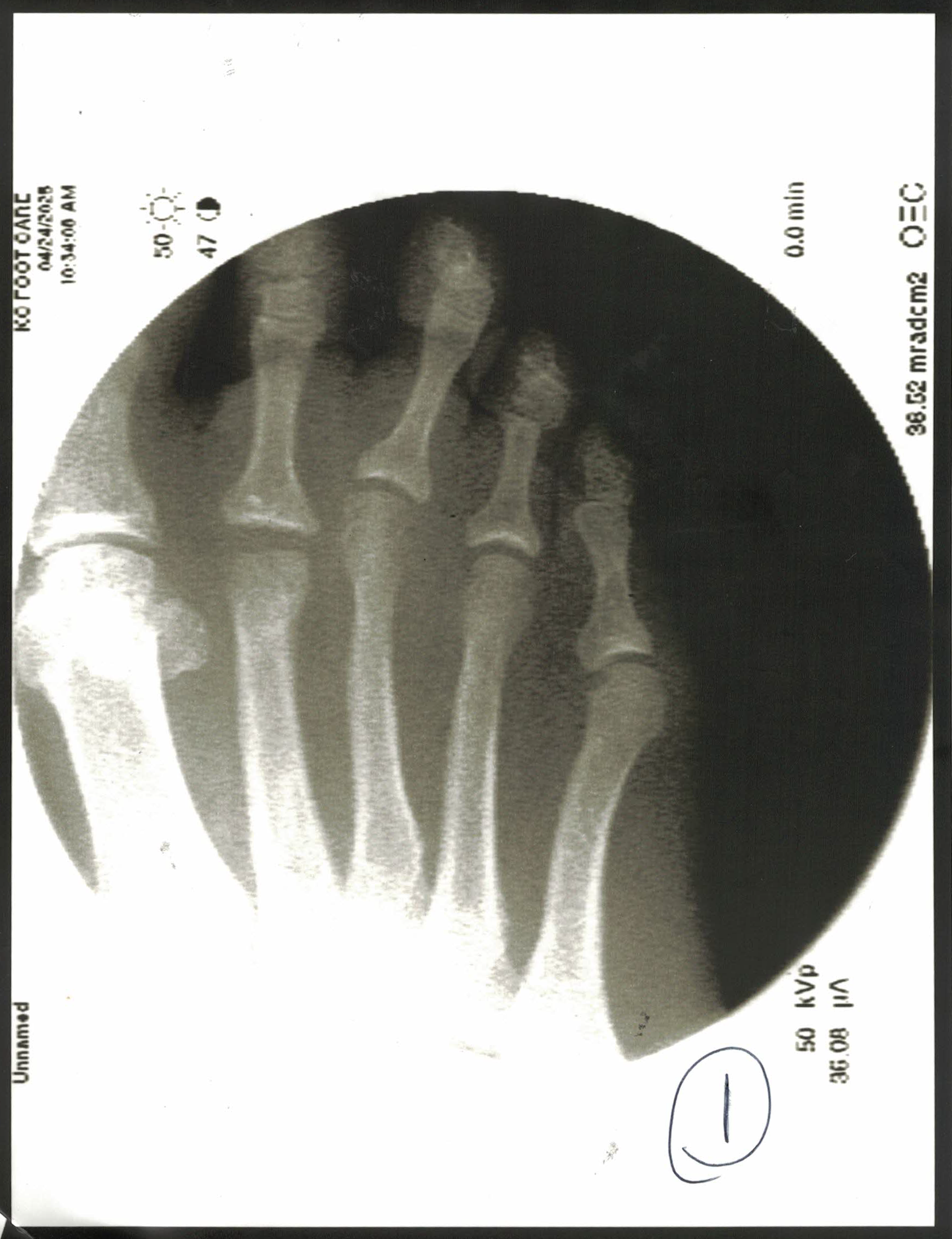
Minimally invasive foot surgery (MIS) has become a highly successful option for treating a range of common foot problems, particularly those involving the forefoot. Using tiny 1/8-inch incisions, specialized instruments, and real-time imaging, MIS allows for precise correction of deformities with minimal trauma to the surrounding soft tissues. This leads to faster healing, less postoperative pain, and quicker return to daily activities.
One of the most notable benefits of MIS is its high success rate. When performed by a trained and experienced podiatrist, procedures such as hammer toe correction, bone spur removal, and treatment of painful calluses can be completed safely and effectively in the office setting. Patients often walk out of the office the same day in a surgical shoe, without the need for stitches, metal pins, or external hardware. Because there is less swelling and tissue disruption, recovery is generally quicker than with traditional open surgery, and the risk of complications such as infection or scarring is greatly reduced.
Minimally invasive techniques are especially effective for treating hammer toes, where contracted joints cause the toes to curl and rub inside shoes. Bone spurs, particularly on the top or sides of the foot, can cause shoe pressure and joint pain—MIS allows for their removal with minimal disruption. Painful calluses, often caused by underlying bony prominences, are treated by reshaping the bone beneath, providing lasting relief.
Overall, MIS has proven to be an excellent option for many foot problems, offering patients a convenient, low-risk, and cosmetically appealing solution. Its save the cost of hospital base treatment and is done normally in under 15 minutes.
The picture to the right show the MIS cut in the bone.
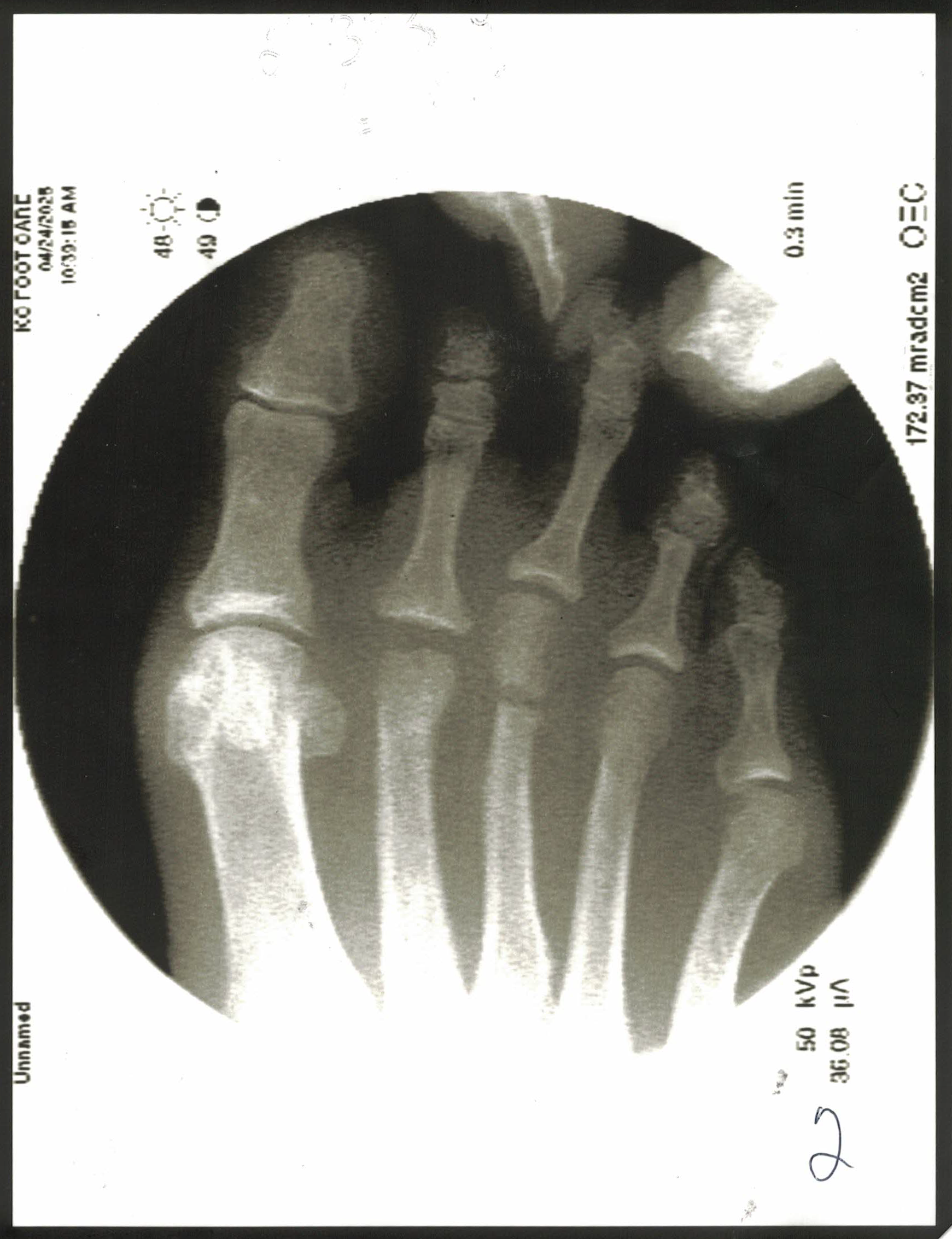
Minimally Invasive Surgery (MIS) is a highly effective method for correcting hammer toes, overlapping toes, and other painful foot deformities—especially when performed by a skilled podiatrist in an office setting under local anesthesia. This advanced technique allows for precise bone and soft tissue correction using specialized instruments through a tiny 1/8-inch incision, minimizing trauma and promoting rapid recovery.
Hammer toes and crossing toes often result from muscle imbalance, tendon contracture, or abnormal bone length. One common contributing factor is an abnormally long metatarsal bone, often the second or third metatarsal, which can push the corresponding toe upward or cause it to cross over adjacent toes. These deformities not only affect appearance but also lead to painful corns, calluses, and pressure inside shoes.
The use of MIS in such cases allows the podiatrist to surgically cut and shorten the offending bone with pinpoint accuracy. In the example shown, a patient with a long third metatarsal underwent MIS correction. Through a single 1/8-inch incision, the metatarsal was carefully cut to reduce its length and slightly elevate it, thereby relieving the excess pressure and correcting the alignment of the toe.
X-rays taken before surgery clearly showed the abnormal length of the third metatarsal. An intraoperative image captured the surgical cut, revealing the precise location where the bone was shortened. Follow-up x-rays showed the gradual healing of the bone in its new position. This minimally invasive approach avoided large incisions, stitches, or external hardware, and allowed for faster recovery with significantly less discomfort.
The patient was able to return to wearing regular shoes relatively quickly. As with any procedure that involves bone work, the healing process takes about four to six weeks. During this period, the bone heals similarly to a controlled fracture, and the toe maintains its corrected position.
Minimally invasive foot surgery offers patients an excellent solution for structural problems like hammer toes and long metatarsals, with minimal downtime and excellent functional and cosmetic results.
The picture to the left shows the third metatarsal healing.
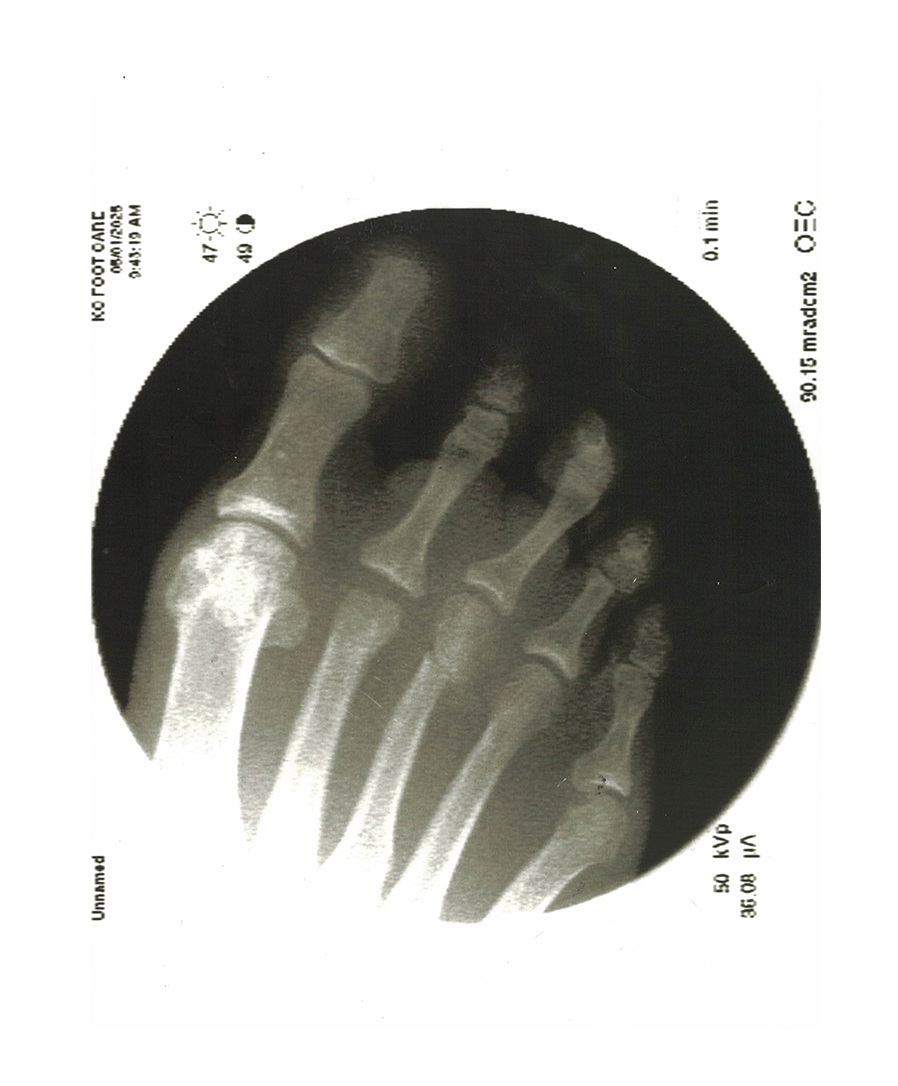

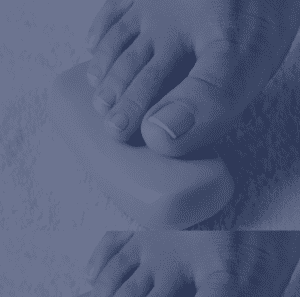
Nail Fungus
Nail Fungus 89% successfully treated with Cold laser. Successful treatment of Nail Fungus for 10 years. Oral medication can cause liver damage.
Learn More
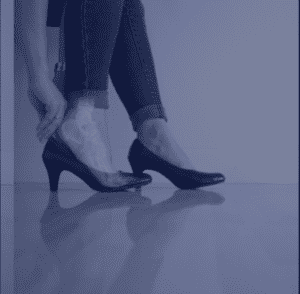
Heel Pain
Pain in the heel when you first get up in the morning or after sitting for a period of time. Conservative care works 98% of the time.
Learn More
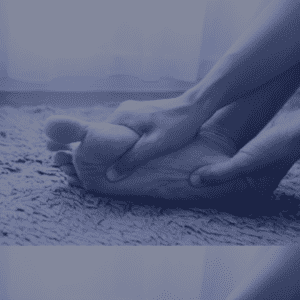
Plantar Fasciitis
Plantar fasciitis is one of the most common problem’s we see, successful conservative treatment occur’s in over 98% of the cases.
Learn More
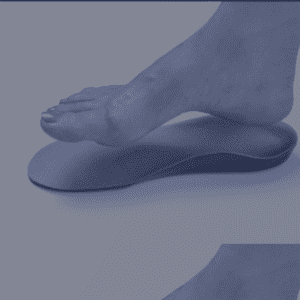
3D Custom Orthotics
Cutting edge 3-D Custom-made orthotic are used to treat heel pain, plantar fasciitis, ball of foot pain, ankle type pain and lower leg , knee pain and lower back pain by controlling abnormal foot function. Quick 7 day turn around.
Learn More
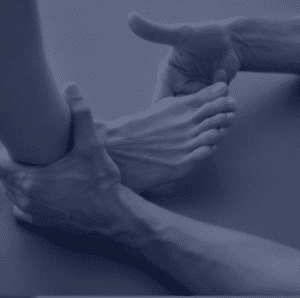
Bunions
A bunion is an enlargement of bone at the base of the big toe. It can occur on one or both feet. The big toe becomes deviated towards the second toe—this is called “Hallux Valgus.”
Learn More
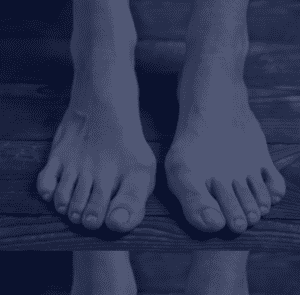
Lapiplasty®
Lapiplasty 3D bunion surgery is a recently developed type of surgery for the most severe of all bunion deformities.
Learn More

Ingrown Toenails
Ingrown toenails are very common. They are generally heredity and can also be caused by incorrect cutting of the nail itself.
Learn More
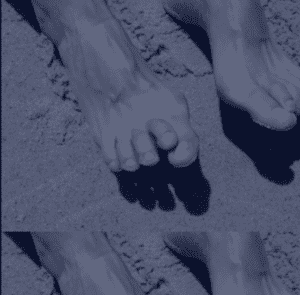
Hammertoes
Hammer toes crooked and painful in shoes. Corns are on top or side of toe.
Learn More
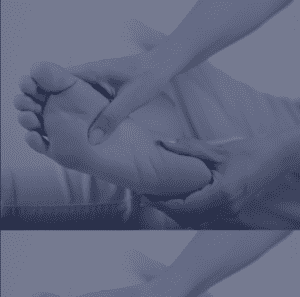
Morton’s Neuroma
Morton’s Neuroma is an enlarged nerve that usually occurs between the third and fourth toes, but a neuroma can also occur between the second and third toes.
Learn More
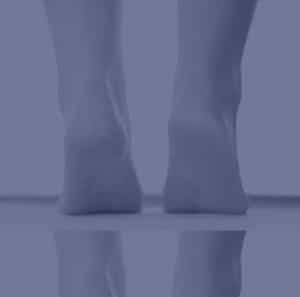
Corns & Calluses
Corns and calluses are thick, hardened layers of skin that develop when your skin tries to protect itself against friction and pressure. The pain you have is normally causes by a bone enlargement under the skin which is really causing the pain.
Learn More
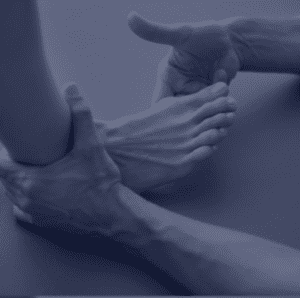
Tailor’s Bunion
A Tailor’s Bunion is a painful enlargement of the bone on the outside edge of the foot, behind the small toe.
Learn More
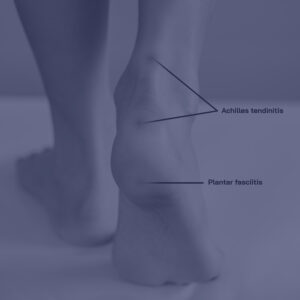
Regenerative Medicine
CLARIX FLO is an injectable regenerative therapy derived from human umbilical cord and amniotic membrane tissues from donated full term Cesarean birth. Commonly used to treat conditions like plantar fasciitis, osteoarthritis, and tendon injuries,
Learn More
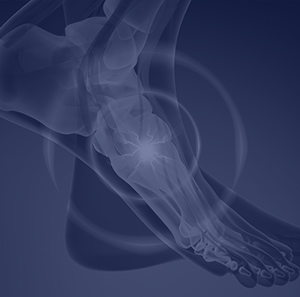
Pain on Top of Foot
Pain on top or side of foot can be treated very successfully. Some causes are bone spurs and tendonitis.
Learn More
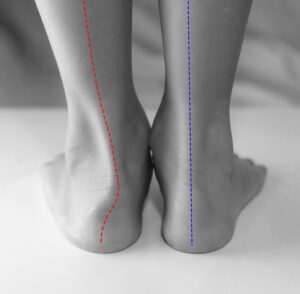
Weak Ankles
Weak ankles can be treated with 3-D Custom Orthotics, stopping pain.
Learn More

Minimally Invasive Surgery
Minimally invasive surgery (MIS) allows podiatrists to treat foot and ankle conditions using tiny incisions, resulting in less pain, faster recovery, and minimal scarring. Often done in the office it saves significant cost.
Learn More
